Pop Culture
Moo Deng, the Masterpiece? There’s a Surprisingly Rich History of Hippos in Art
From Rubens to Jeff Koons and even Beeple, artists across the centuries have been fascinated by the hippo.
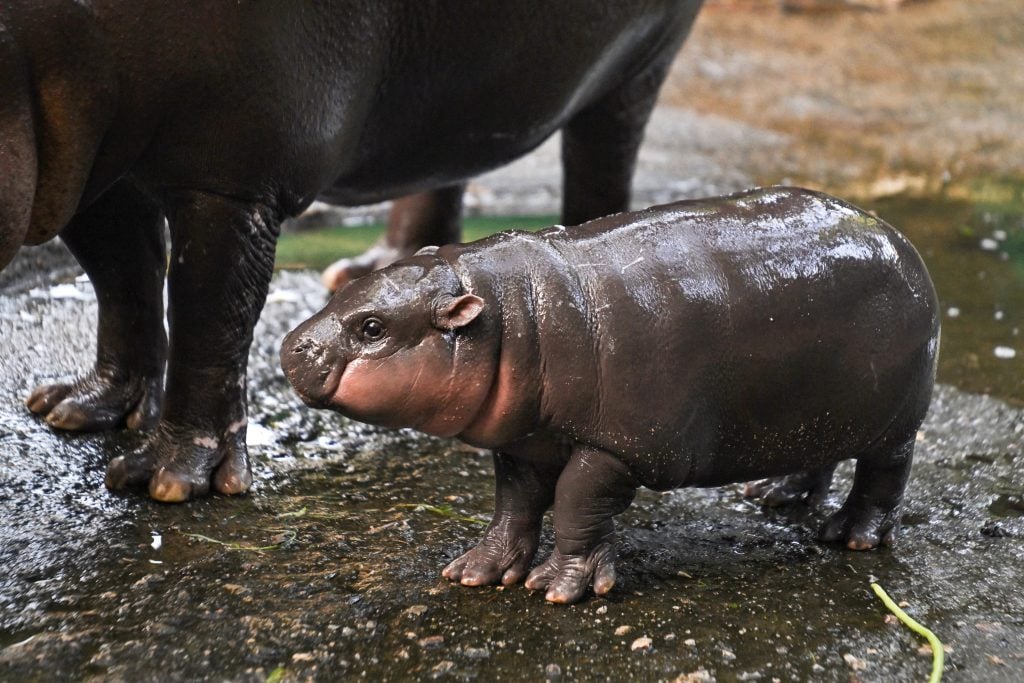
From Rubens to Jeff Koons and even Beeple, artists across the centuries have been fascinated by the hippo.

Jo Lawson-Tancred

Everything about the internet’s adulation of Moo Deng, a baby pygmy hippo living in a zoo in Thailand, screams 2024. The sassy “it girl” shot to fame on TikTok, becoming an overnight viral sensation. Already, her daily antics—which mostly involve sleeping, being grabbed, petted, or bathed, and occasionally biting a zoo keeper’s knee—are being live streamed 24/7 across the globe.
Does Moo Deng-mania have a limit? Khao Kheow Open Zoo is reportedly struggling to manage the sudden surge of visitors, which rose from 3,000 to 10,000 over the past weekend. Super fans who have no hope of meeting the semiaquatic starlet have started imitating her look, in a new Gen Z craze dubbed “Moo Deng makeup.”
Is a fascination with the hippo, in all its plump and hairless glory, such a new phenomenon? We know Dürer drew a rhino, and can appreciate Max Ernst’s surrealist twist on the elephant, but what of the humble hippo? As it turns out, artists throughout history have been inspired by this strange and notoriously savage mammal, described by the ancient Greeks as the “river horse.”
Below, we take a look back at the hippest hippos of yore.
Ancient Egypt
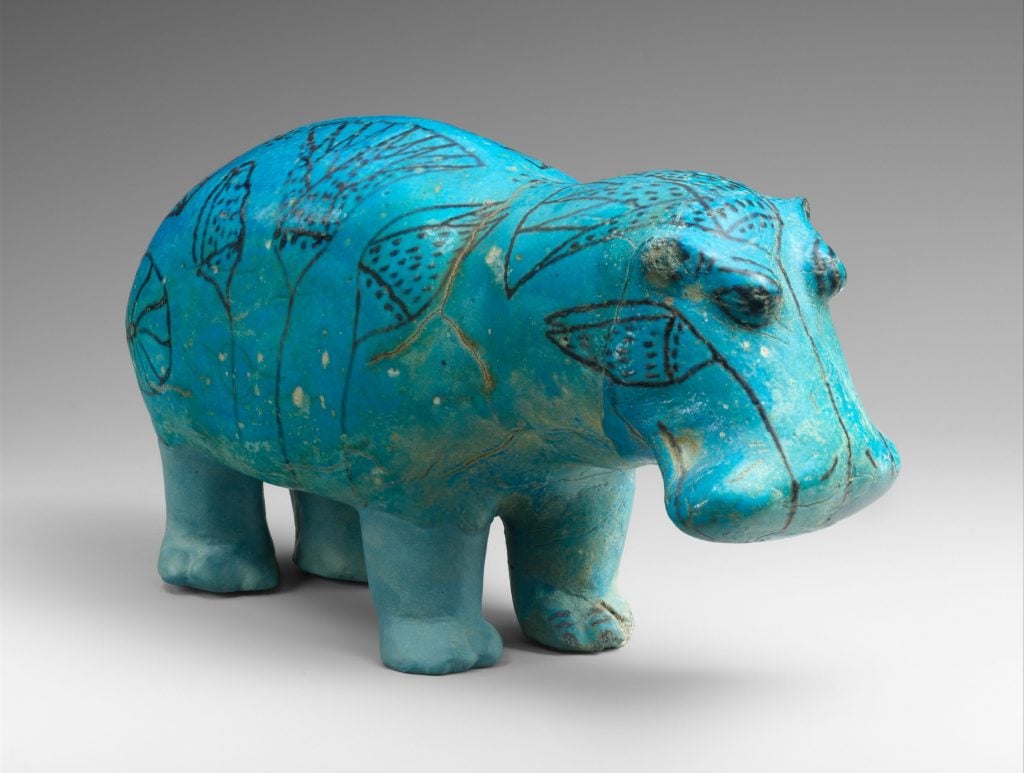
“William” the hippopotamus (ca. 1961–1878 B.C). Image courtesy of the Metropolitan Museum in New York.
Though they are now extinct in Egypt, hippos were once regular cruisers up and down the Nile. As anyone who has ever seen a fully grown hippo’s teeth can probably image, the fearsome beast was a bit of a menace to fishermen. It came to represent forces of chaos and destruction.
Small figurines made of ceramic faience and glazed in bright blue were often placed in tombs, like this example from the Metropolitan Museum. The hippo may look cute, but the museum has restored three of its legs, which were intentionally broken off in ancient times to protect the deceased from potential harm while crossing waterways on their journey to the afterlife.
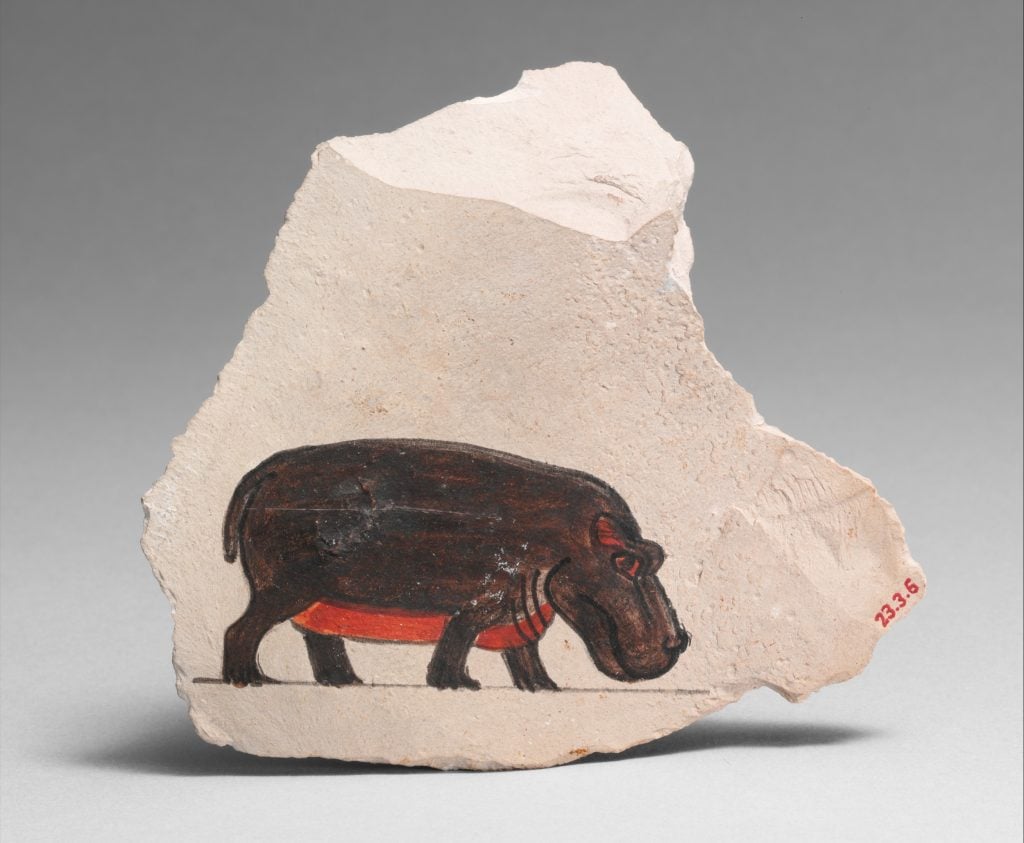
Ancient painting of a hippopotamus (ca. 1479–1425 B.C.). Image courtesy of the Metropolitan Museum in New York.
The hippo may have had great symbolic significance for ancient Egyptians, but artists across millennia have always been compelled to simply represent the world around them. This straightforward painting uses black outline and colors to explore the mysterious creature’s formal attributes.
Peter Paul Rubens

Peter Paul Rubens, The Hippopotamus and Crocodile Hunt (1616). Photo: Prisma Bildagentur/ Universal Images Group via Getty Images.
The real threat posed by hippos was more explicitly depicted by Peter Paul Rubens in a fantastical, exoticized scene intended to titillate Western audiences. In The Hippopotamus and Crocodile Hunt (1616), the Flemish Baroque artist imagined a dramatic altercation on the banks of the Nile between three men in turbans on Arabian horses and a particularly vicious hippo.
With no hippos native to Europe, it was unusual for an artist like Rubens to have had any sense of what the animal might look like. It is believed that he likely encountered two taxidermied specimens that were being exhibited in Italy by surgeon Federico Zedrenghi in the early 1600s.
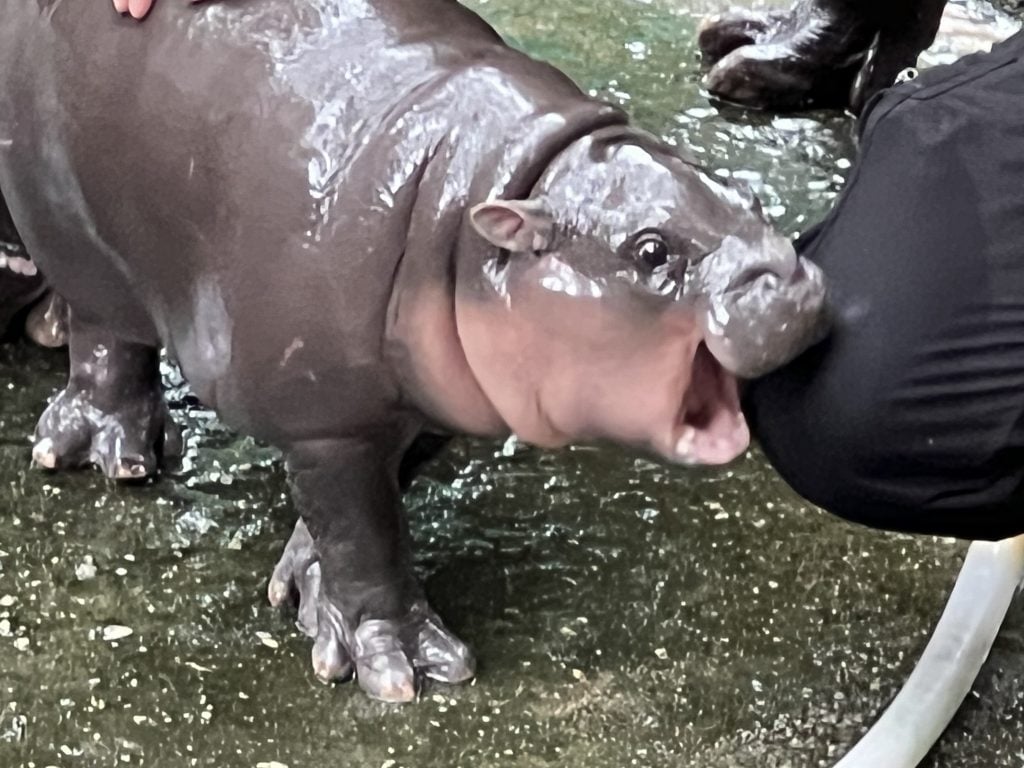
Two-month-old pygmy hippo Moo Deng tries to bite her keeper’s knee at Khao Kheow Open Zoo. Photo: Carola Frentzen/ picture alliance via Getty Images.
Rubens may never have seen a real live hippo, but those who have witnessed Moo Deng’s infantile fangs chomp down on an innocent human kneecap must surely agree that the artist successfully captured something of the species’s ruthless and frenzied tenacity.
Les Lalanne
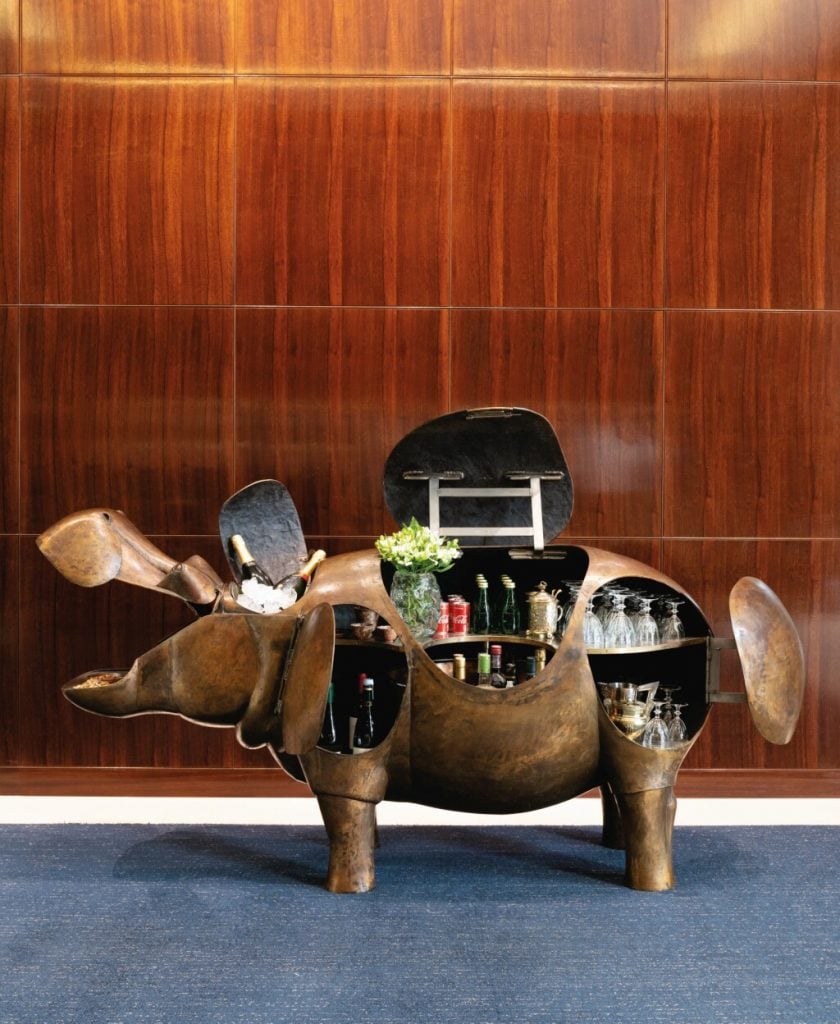
François-Xavier and Claude Lalanne, Hippopotame Bar. Courtesy of Sotheby’s.
In recent decades, the hippo has continued to charm and intrigue artists. It was certainly the case for the French couple François-Xavier and Claude Lalanne, who were often inspired by the animal kingdom. Their large bronze monument expresses the inherently humorous nature of the hippo’s voluptuous form. That it opens up to reveal a fully stocked bar only doubles the fun!
Jeff Koons
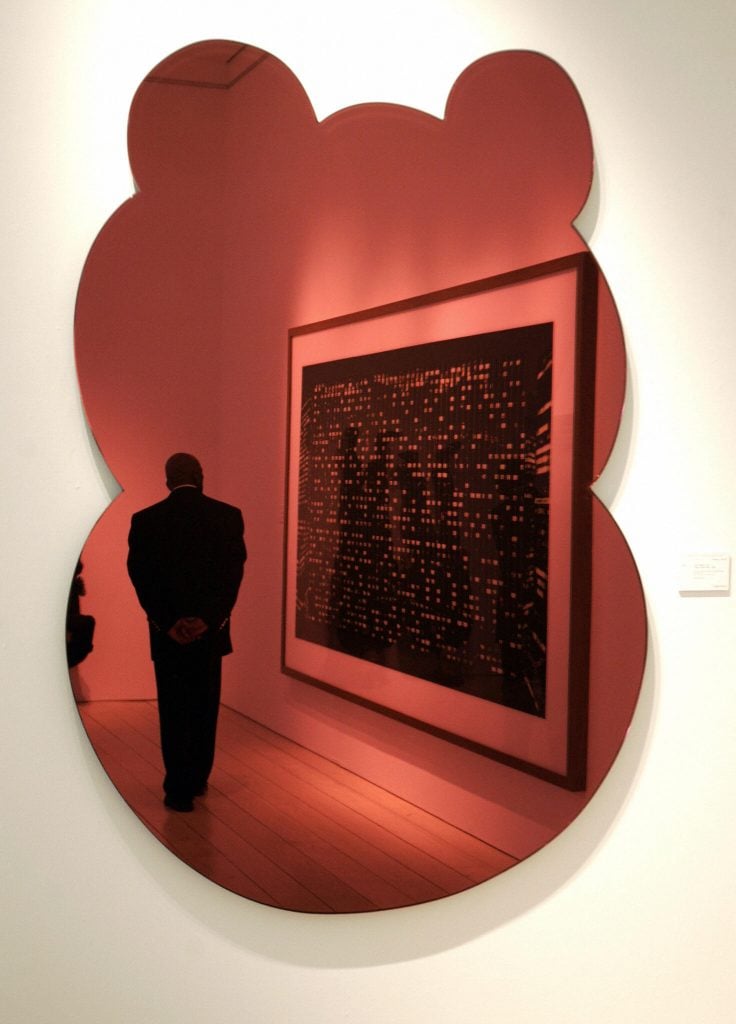
Jeff Koons, Hippo (1999). Photo: Timothy A. Clary/ AFP via Getty Images.
How far can we abstract the hippo before it becomes unrecognizable? Jeff Koons’s Easyfun mirror “hippo” seems to suggest that so long as we retain some hint of the animals’ bulbous form and strangely protruding ears, we can still identify the animal’s distinctive silhouette. A bonus? The viewer is almost certain to find their reflection flattering… by comparison at least!
Beeple
PESTO vs. MOO DENG, BATTLE OF THE CUTIE PIES pic.twitter.com/1yz2VypOgH
— beeple (@beeple) September 25, 2024
Are hippos still a popular subject for art in the 2020s? If the judgement of notorious NFT artist Beeple is anything to go by, the answer is yes! Just yesterday he published his own impression of Moo Deng on X, in which she can be seen facing off against Pesto the penguin, another internet darling, in what he calls a “battle of the cutie pies.”
Other artists still planning to portray the pigmy hippo better be careful. The Khao Kheow Open Zoo’s director Narongwit Chodchoi recently announced that he plans to patent and trademark Moo Deng’s image. Will he succeed in securing the rights, or is the humble hippo too eternal a source of artistic inspiration?